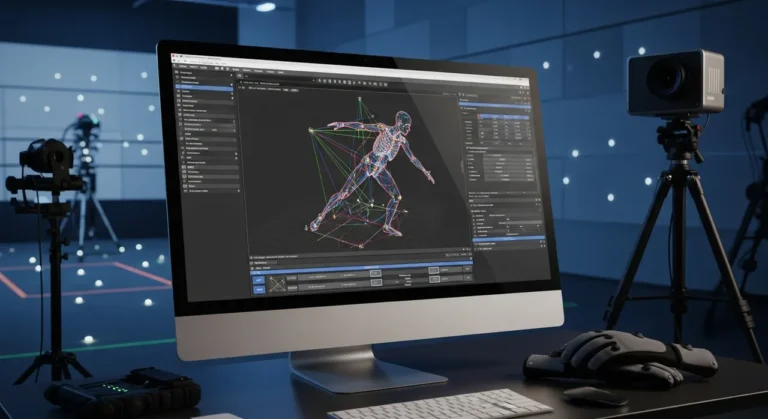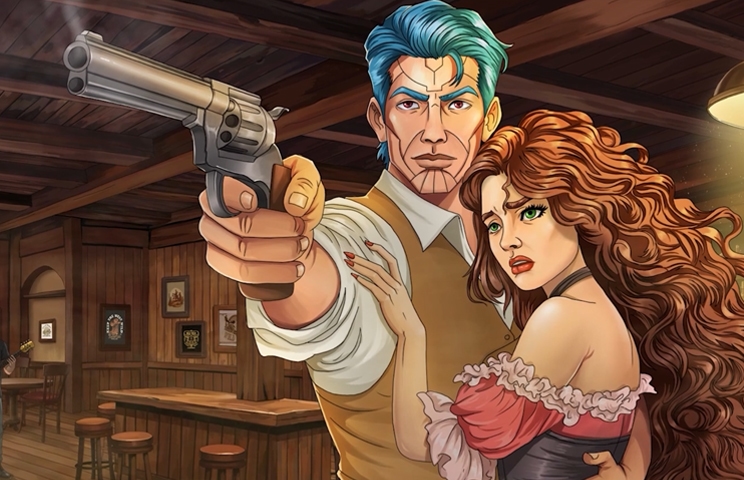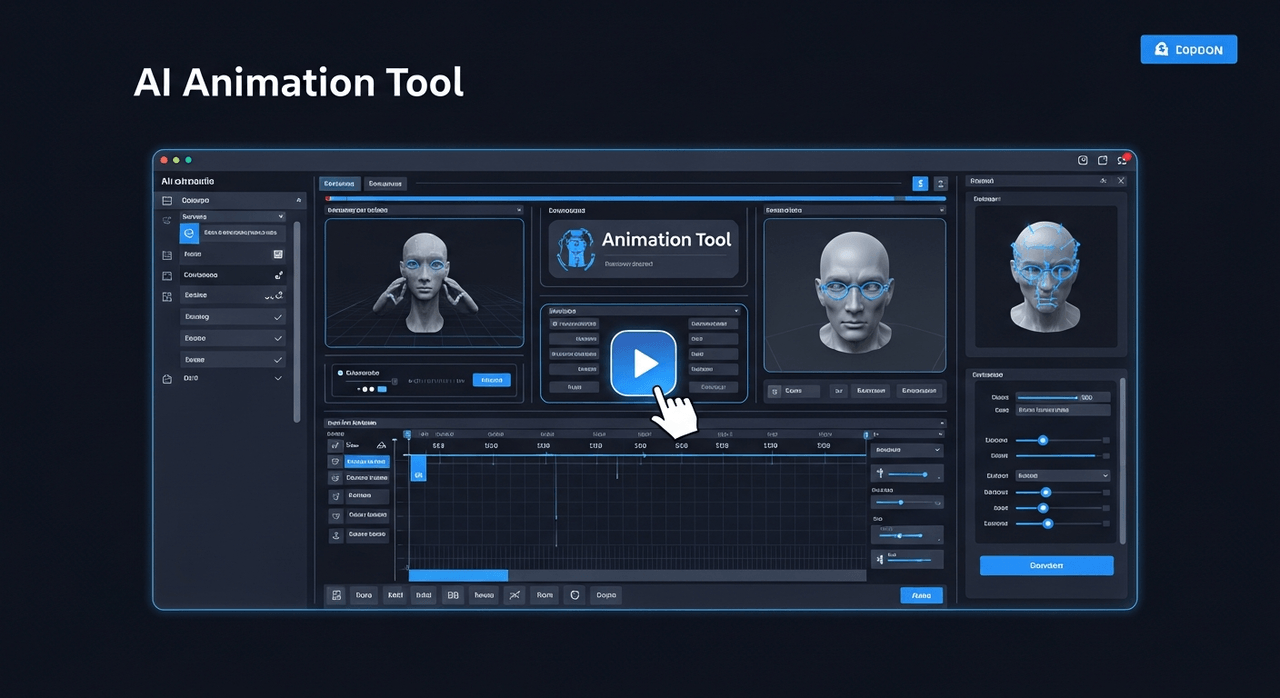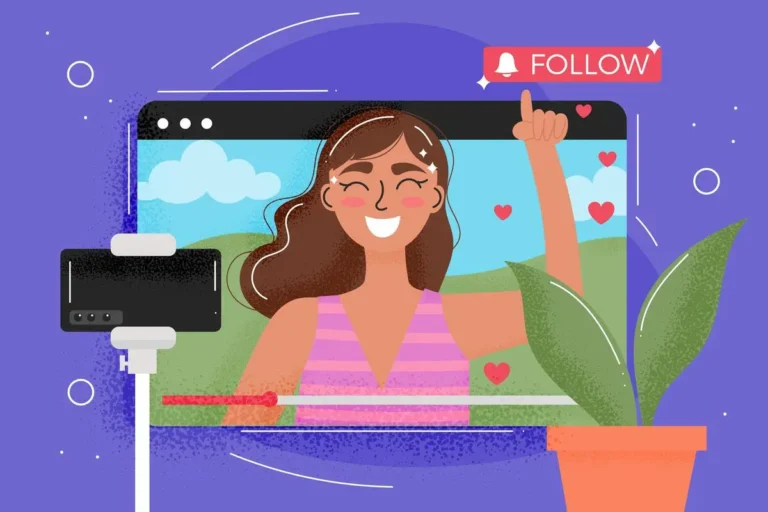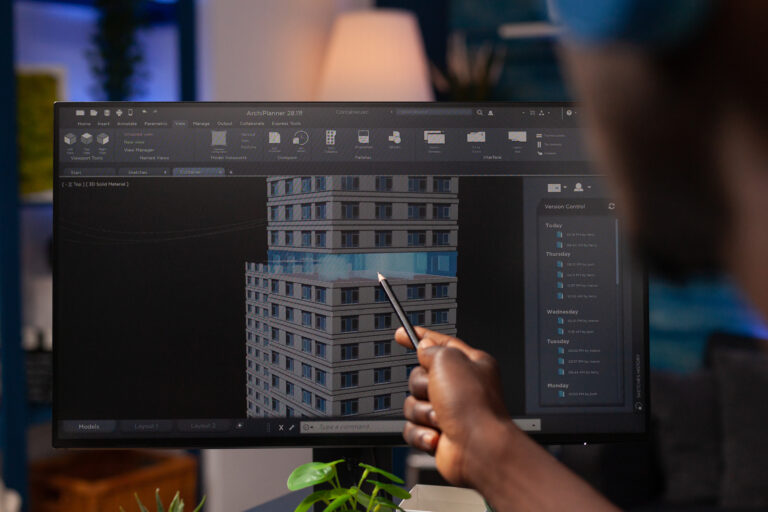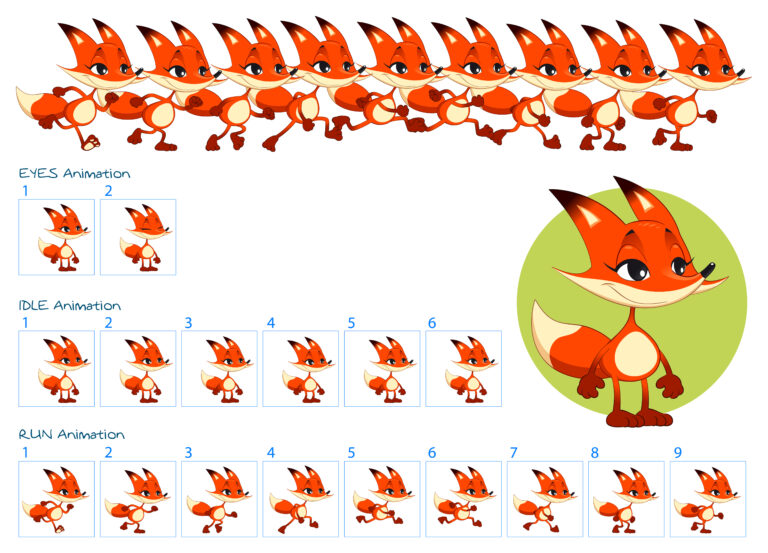The animation industry is going through a massive evolution, and this process is completely redefining everything we have in mind about the industry. Studios are blending different aesthetics, different types of animation, adopting advanced technology, and transcending media platforms like never before. Whether you are an independent animator or work for a large animation studio, it’s important to know where the industry is headed in order to stay up to date.
- Emerging Visual Styles
- AI-Assisted Animation
- Real-Time and Virtual Production
- Cross-Media Animation
- Sustainable & Minimalist Animation
- VR Animation
- AR Animation
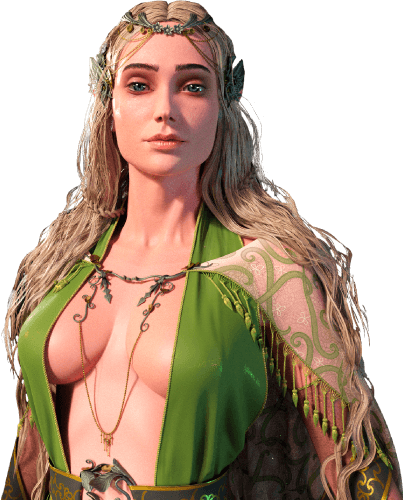
Need Animation Services?
Visit our Animation Service page to see how we can help bring your ideas to life!
Emerging Animation Visual Styles in 2025
From retro revivals to breakthrough experimental styles, 2025 is brimming with fresh appearances that are redefining what animation can do and look like. Below are the highlights of the year’s major trends.
1. Hybrid 2D–3D Animation
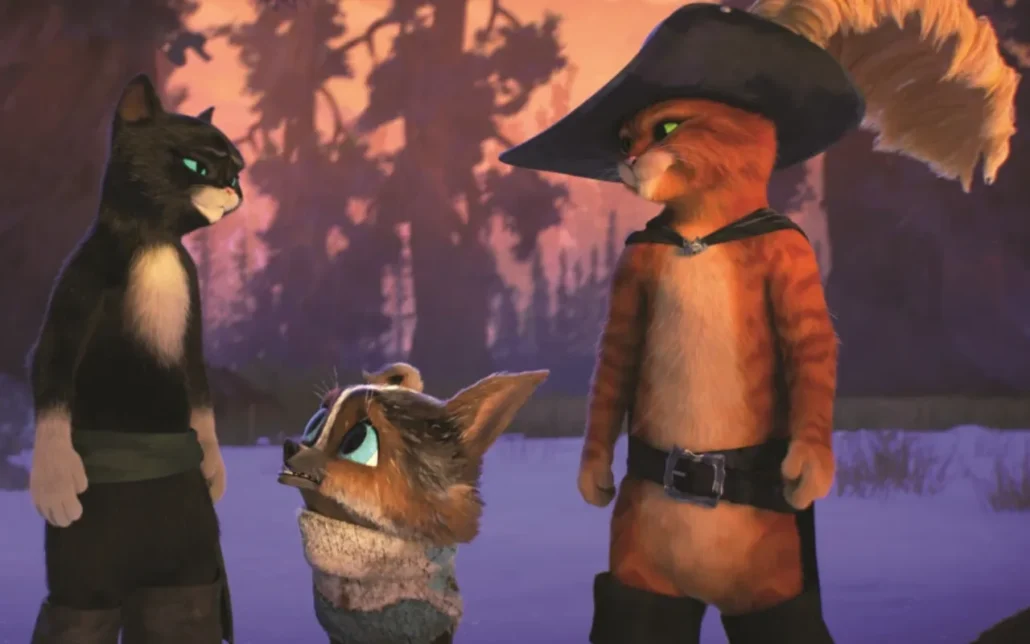
The mixture of 2D animation and 3D animation is creating a bold, hybrid visual language that’s defining animation trends in 2025. It is safe to say that the days of choosing between flat and 3D visuals are over! 2D animators and 3D animators are coming together to make magic!
Studios are merging 2D-style textures with 3D models, or layering hand-drawn elements over digital scenes to create a fresh, stylized universe. Just imagine the charm of vintage cartoons meeting the depth of next-gen rendering. This animation style blends flat 2D appearances with 3D depth, blending hand-drawn or painterly lines and textures with three-dimensional models.
Practically, it uses 3D models shaded in 2D-like fashion (cel-shading, sketchy lines, etc.) to replicate the expressiveness of traditional animation while still allowing dynamic camera movement. The blending of 2D “charm” with 3D realism makes things pop. For example, the Spider-Man: Into the Spider-Verse films and Netflix’s Arcane extensively employ hybrid animation style.
In video game art design, similar techniques appear in games that want a “graphic novel” look (e.g., cel-shaded AAA games like Legend of Zelda: Breath of the Wild or movie trailers with anime style).
2. Hyperrealistic 3D Animation
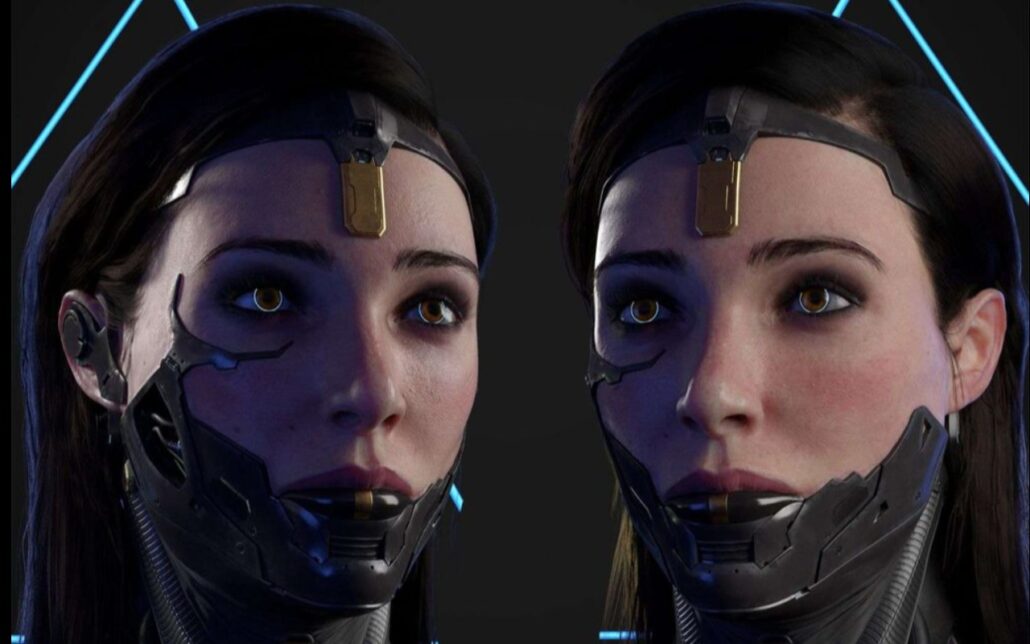
This style of art inputs a photorealistic level of detail into animation. Artists leverage high-end GPUs, advanced ray tracing, and AI-driven animation software to render scenes virtually indistinguishable from reality.
The result is realistic lighting and environments, 3D characters. AAA video game trailers and cinemagraphic commercials, for example, now show each and every hair strand and every wavelet on water with pixel-perfect attention to detail.
3. Retro-Futurism / Synthwave Aesthetic
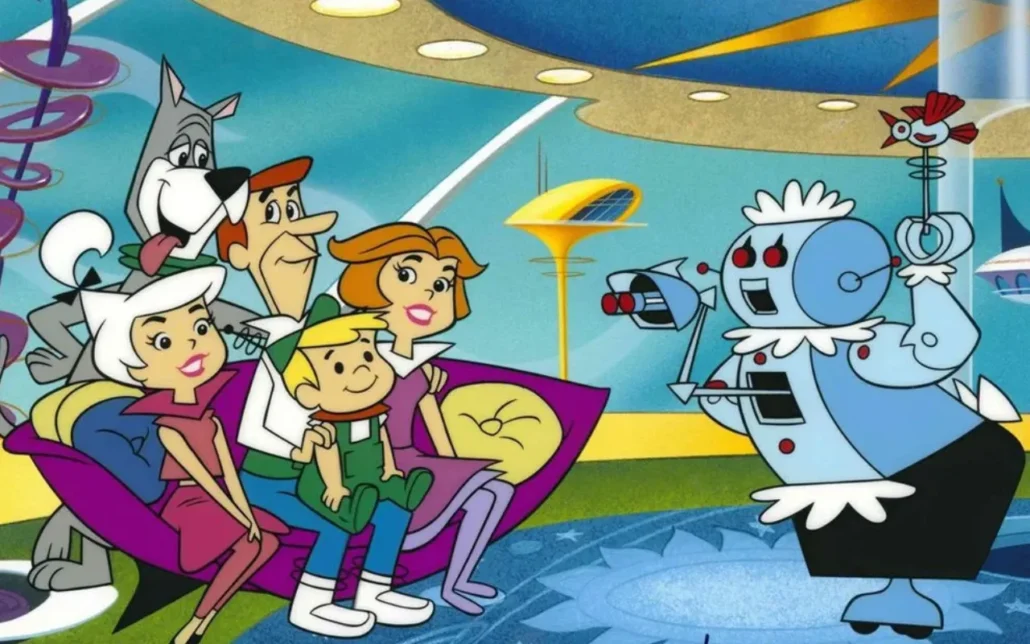
This aesthetic fuses 1980s retro graphics with modern animation. It features neon colors, sunsets, gridlines, and 80s sci-fi graphics combined with modern techniques. Think synthwave art: neon magentas and blues, geometric shapes, and retro-futuristic imagery overlaid onto 3D models with state-of-the-art graphics capability.
The aesthetic is retro (vintage VHS, arcade) but also modern with the capabilities of modern graphics. In video game art and animation, it manifests itself as neon-lit city skylines, cyberpunk environments, or UI designs that self-consciously use retro colors and fonts.
The Rise of AI-Assisted Animation
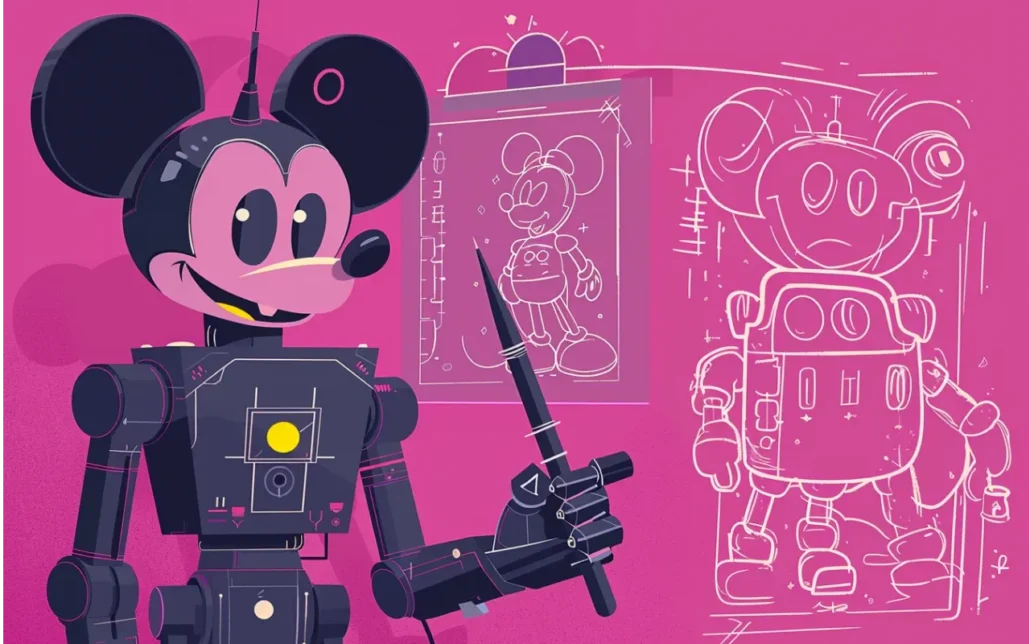
AI in animation is streamlining animation workflows in 2025—faster rendering, smarter tools, and easier iteration are transforming how studios create. From character design to automated lip syncing, AI is coming to the fore as the ultimate creative sidekick. Platforms such as Runway ML, Cascadeur, and Adobe Firefly enable animators to visualize concepts in seconds, automate boring motion tasks, or even create new scenes with ease.
Although AI cannot substitute creativity, it certainly levels up the workflow. Whether you’re blocking out shots or refining facial expressions, AI is no longer a bonus—it’s part of the 2025 animation toolkit!
Read more: Learn how animation outsourcing helps us to streamline production, cut costs, and collaborate with global talent.
Real-Time & Virtual Production
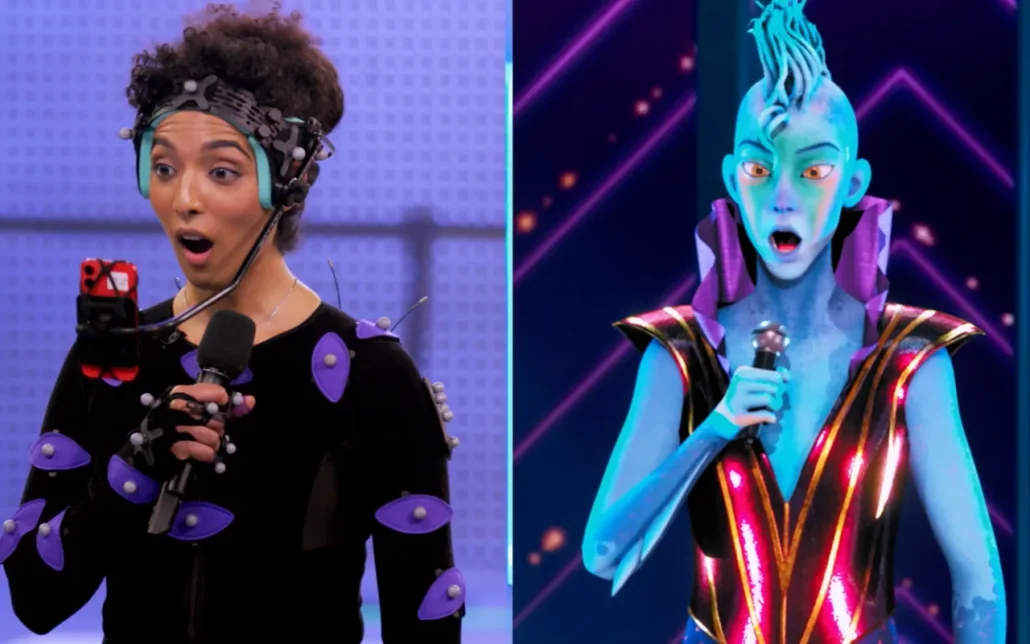
Real-time Animation is no longer the future — It’s now, giving creators unprecedented speed and control in building immersive animated worlds. With tools like Unity and Unreal Engine, animators can see an entire scene live, adjust lights on the fly, or try out virtual camera angles in mere seconds and match the animation trends of 2025.
Not only is it quicker, it’s more collaborative and more iterative. Virtual production is especially booming in cinematic cutscenes, TV animation, and hybrid formats where speed meets high fidelity. If you’ve seen shows like The Mandalorian, you’ve already seen the magic in action.
Cross-Media Animation (Games, Ads, Web)
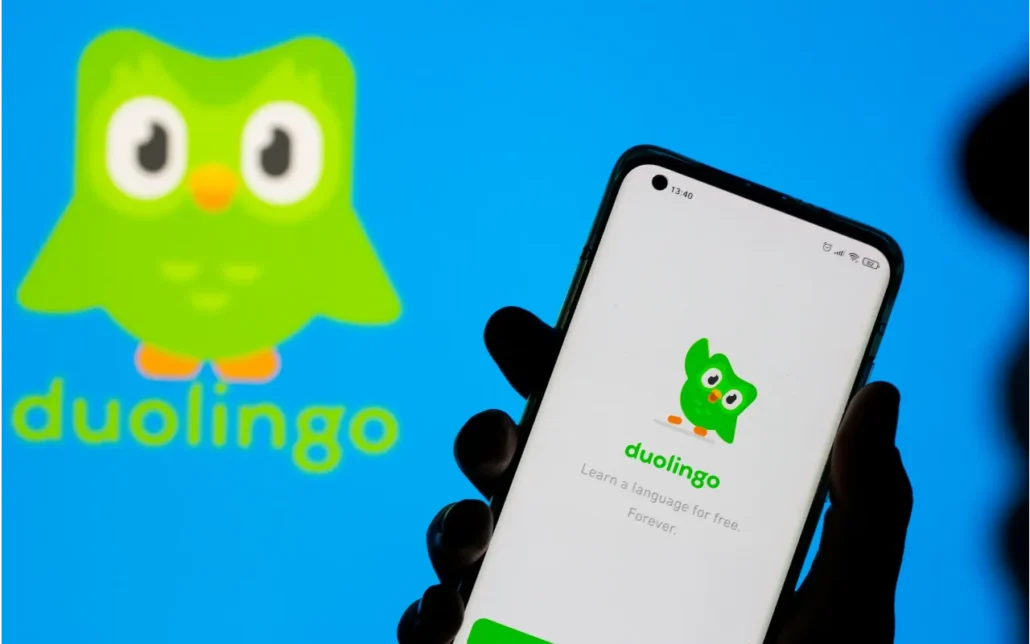
Motion design across games, ads, and interactive media has become the new playground for animation studios in 2025. From UI micro-animations and product explainer videos to in-game cinematics and social filters, animation is everywhere—and it’s becoming more interactive, responsive, and platform-adapted. The same animation might now live on TikTok, in a mobile game, and on a billboard.
Brand mascots (like Duolingo’s green owl) are a perfect example of cross-media animation—showing up in everything from web interactions to ads and even mobile games. They bring consistency and personality to a brand across platforms, all while staying animated and alive.
Studios are leaning into modular animation workflows to create assets once and deploy them everywhere. It’s smart, scalable, and undeniably the way forward. As cross-media animation continues to gain traction, animators must be aware of the way content translates across channels as well.
Sustainable & Minimalist Animation
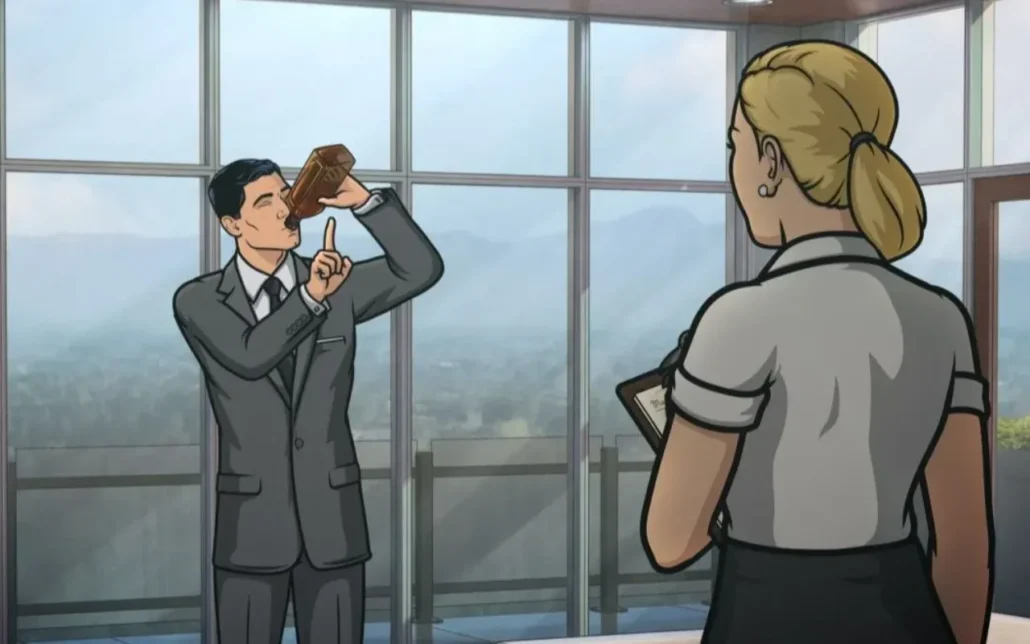
2025 might just be the year of “doing more with less”—as minimalist design and sustainable production reshape the animation pipeline. Clean lines, muted palettes, and subtle motion are making a big impact—not just aesthetically, but also environmentally.
Studios are trimming down rendering times, optimizing file sizes, and choosing tools that reduce energy usage. Not only does it look fresh—it’s good for the planet too. Minimalism isn’t just a style anymore; it’s a mindset.
Virtual Reality Animation

2025 animation trends are going beyond the screen—and directly into 360° experiences. Virtual Reality (VR) animation is opening up newer dimensions to storytelling, where the audience does not merely view, but gets immersed in the scene. Unlike conventional styles, VR demands that the animator be spatially aware.
Each angle is crucial. From world-building to character movement, it has to be natural from every viewpoint. Studios are exploring interactive storytelling in animation, mood loops, and virtual worlds to place participants at the center of the narrative. With VR hardware becoming more ubiquitous, anticipate this to shift from an experimentation to an indispensable factor.
Augmented Reality Animation
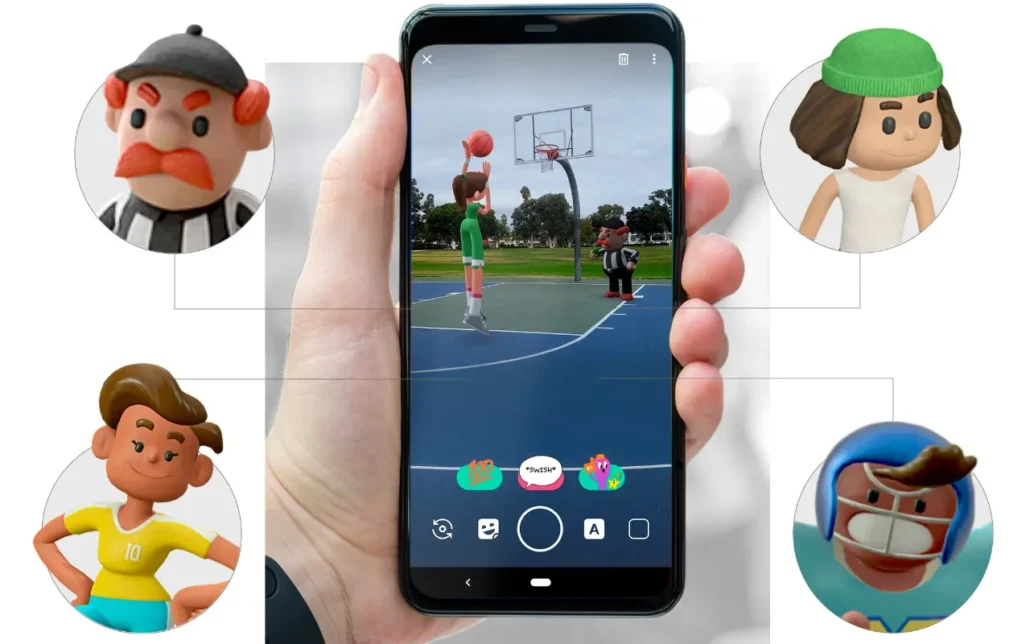
Augmented reality (AR) animation is bridging the gap between the virtual and the real, and it’s rapidly finding its place as one of the key animation trends in 2025. From branded Instagram filters to smart product packaging, AR introduces animated content to the world of reality.
Animators create characters who move across tables, affect anyone who reacts to actual motion, and layers that augment daily environments. It’s no novelty—it’s an emerging tool for storytelling that follows the user. AI is helping to drive smarter AR animations by following user movement, understanding environments, and responding with adaptive animations in real-time.
It’s all coming together to make AR experiences more personalized, interactive, and engaging than ever.
As AR glasses and smartphones develop, so too does the canvas available to an animator.
Ready to Animate the Future?
From smarter tools to greener choices, the animation industry is evolving fast, and in 2025, animation trends aren’t competing, they’re converging. Those who adapt early are already ahead.
Whether you’re rethinking your studio’s pipeline, experimenting with new aesthetics, or finally giving AI a shot, 2025 offers plenty of ways to stretch your creativity. The rules are shifting, the tools are smarter, and the canvas is bigger than ever.
